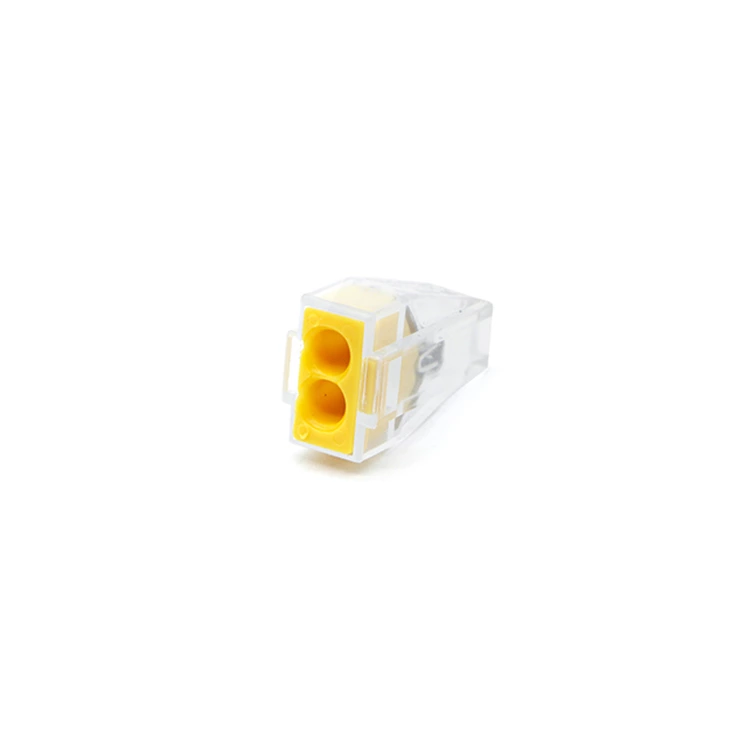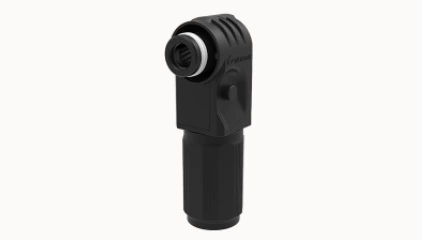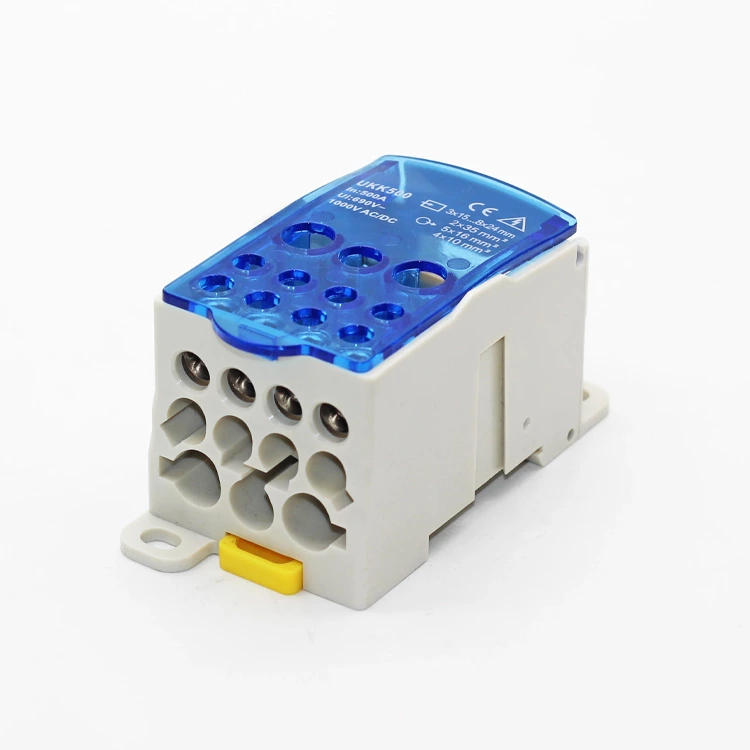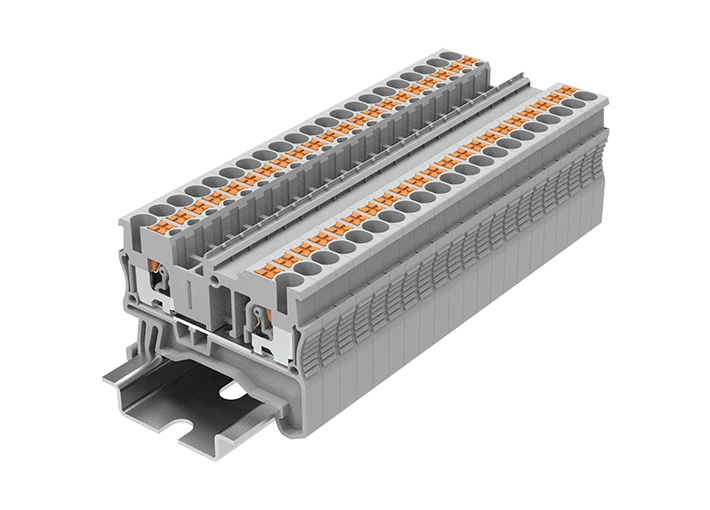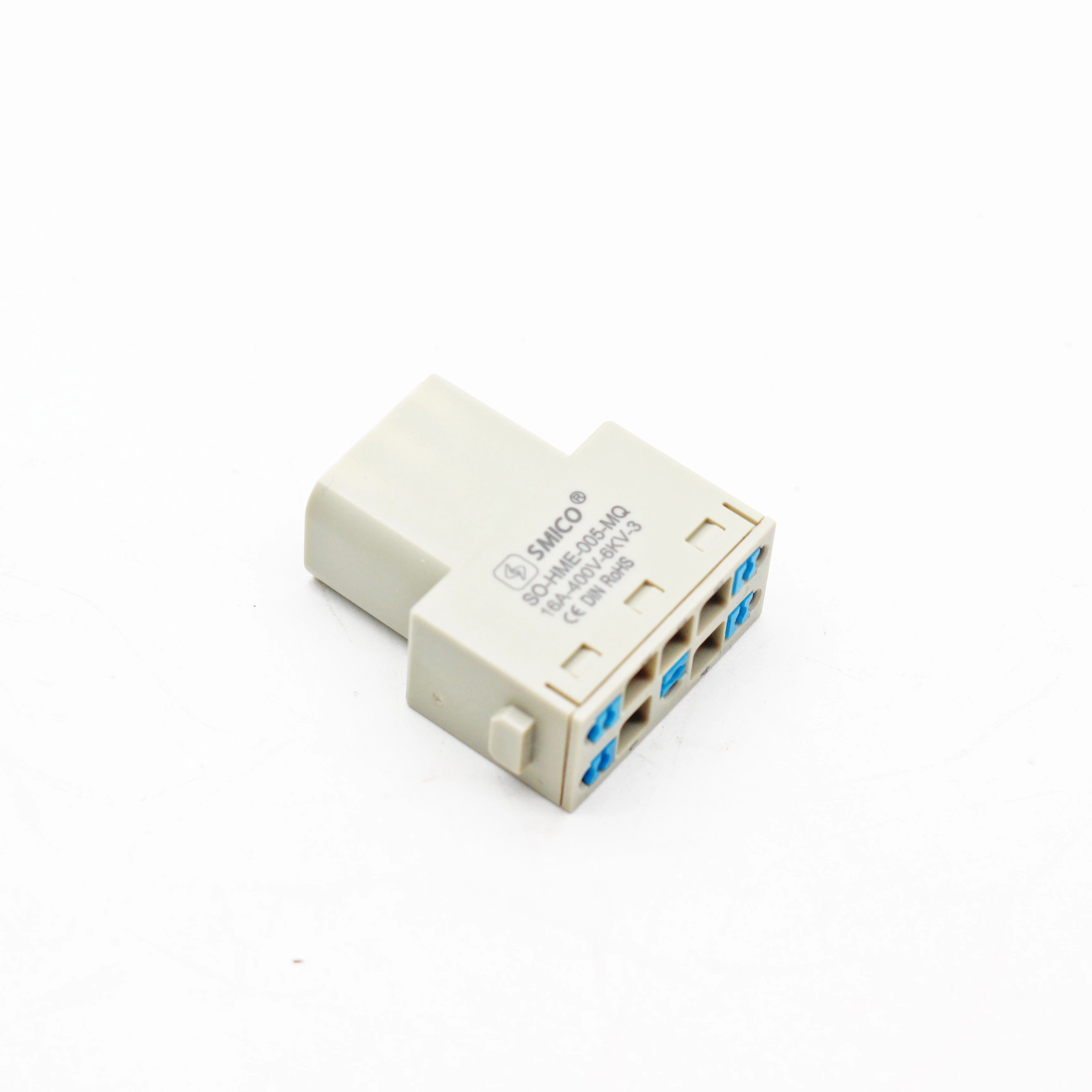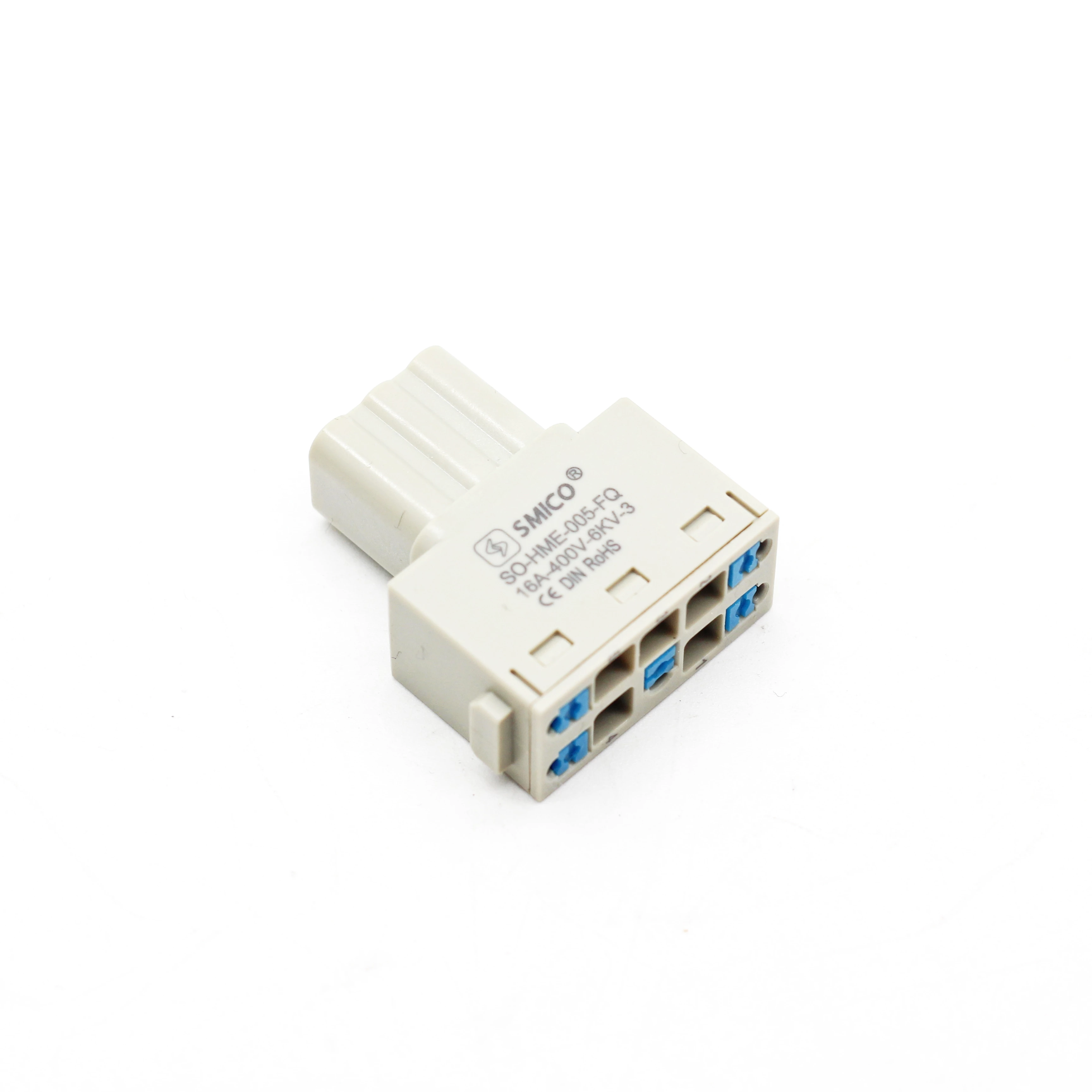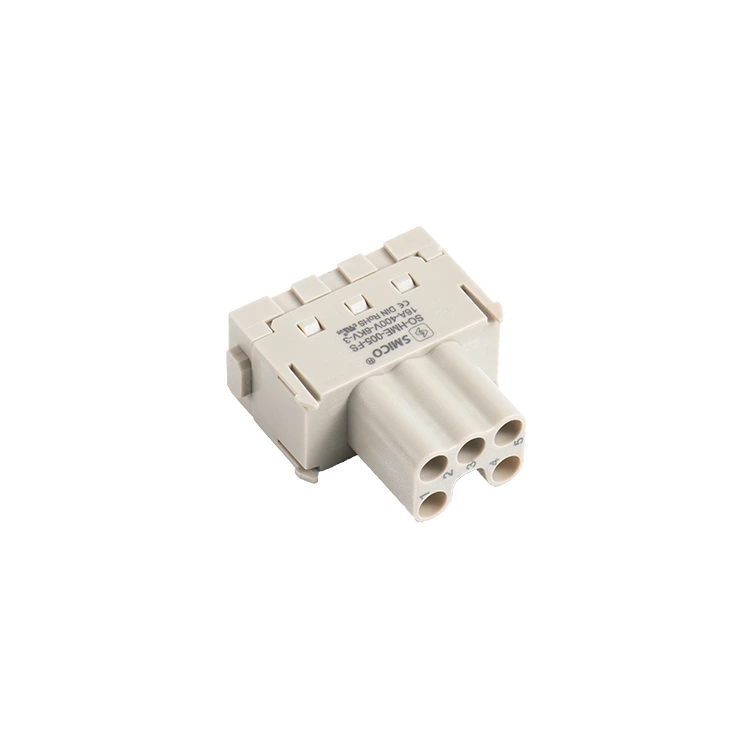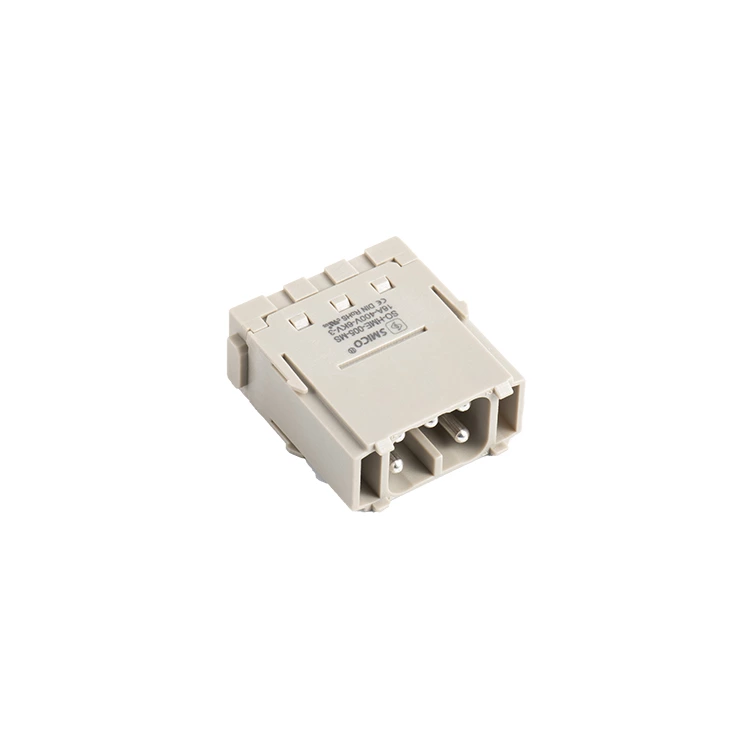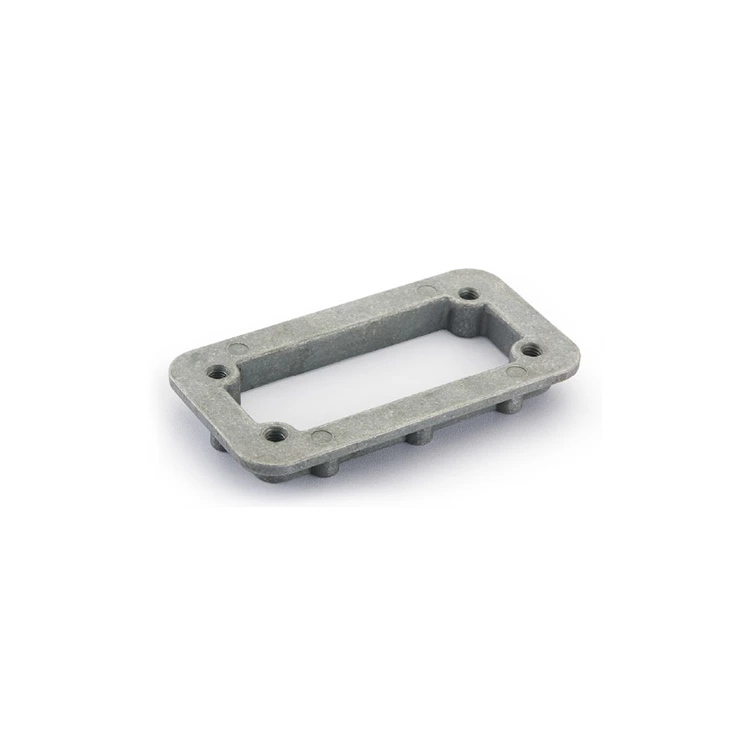Copper Terminal Block Terminal Surface Treatment
Why do most copper terminal block terminals need surface treatment? There are three main aspects:
1. From the perspective of the manufacturer.
The operator must clean the machine every day to remove dust, debris and excess oil stains on the surface of the machine. When the terminal machine presses the guide rail, an oil lubrication hole should be added to the top of the terminal machine every hour. It is advisable to add 2-3 drops of oil each time, but not too much. Grease the main speed bearing of the terminal every week.
2. Protect the terminal reed substrate from corrosion;
Most terminal reeds are made of copper alloy, which usually corrode in the use environment, such as oxidation and sulfidation. The purpose of electroplating terminals is to isolate the reed from the environment and prevent corrosion. Electroplating materials will certainly not corrode, at least not in the application environment.
3. Optimize the surface performance of the terminal, establish and maintain the contact interface between the terminals, especially film control. In other words, it is easier to achieve metal-to-metal contact.
1. Surface optimization: The optimization of terminal surface performance can be achieved in two ways. (1) It lies in the design of the terminal to establish and maintain a stable terminal contact interface. (2) To establish metal contact, it is required that no surface film layer does not exist, otherwise it will break when inserted. The difference between no film and film rupture is the difference between precious metal plating and non-precious metal plating. The electroplating of precious metals such as gold, palladium and their alloys is inert and has no film. Therefore, for these surface treatments, metal contact is "automatic". What we have to consider is how to keep the terminal surface free from external factors such as contamination, substrate diffusion, terminal corrosion, etc. Non-metallic plating, especially tin and lead and their alloys, is covered with an oxide film on the surface, but when inserted, the oxide film is easily broken to form a metal contact area.
2. Increase the strong electroplating adhesion of terminals (such as copper). For metals with poor adhesion, copper base is usually used before electroplating to enhance adhesion.
3. Enhance the conductivity of copper distribution block (such as gold and silver). The conductivity of raw materials such as iron and phosphor copper is usually below 20%, which cannot meet the requirements for connectors with low impedance requirements. Therefore, plating metals with high conductivity such as gold on the surface can reduce its impedance.
4. Improve the solderability of copper terminal strip such as tin and gold. The material has poor adhesion to tin. Plating a certain thickness of tin or other substances on the surface can improve the solderability of the parts.


